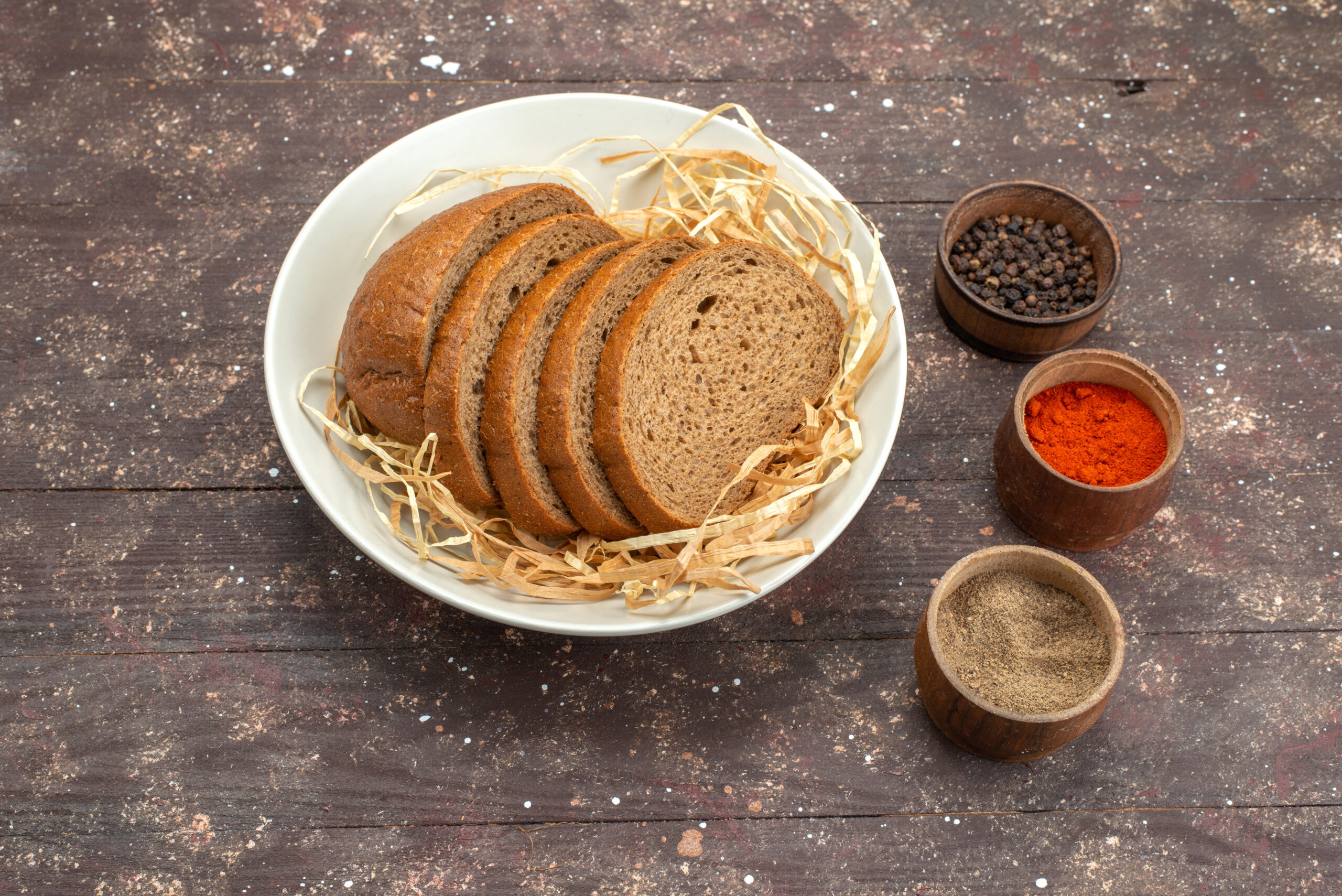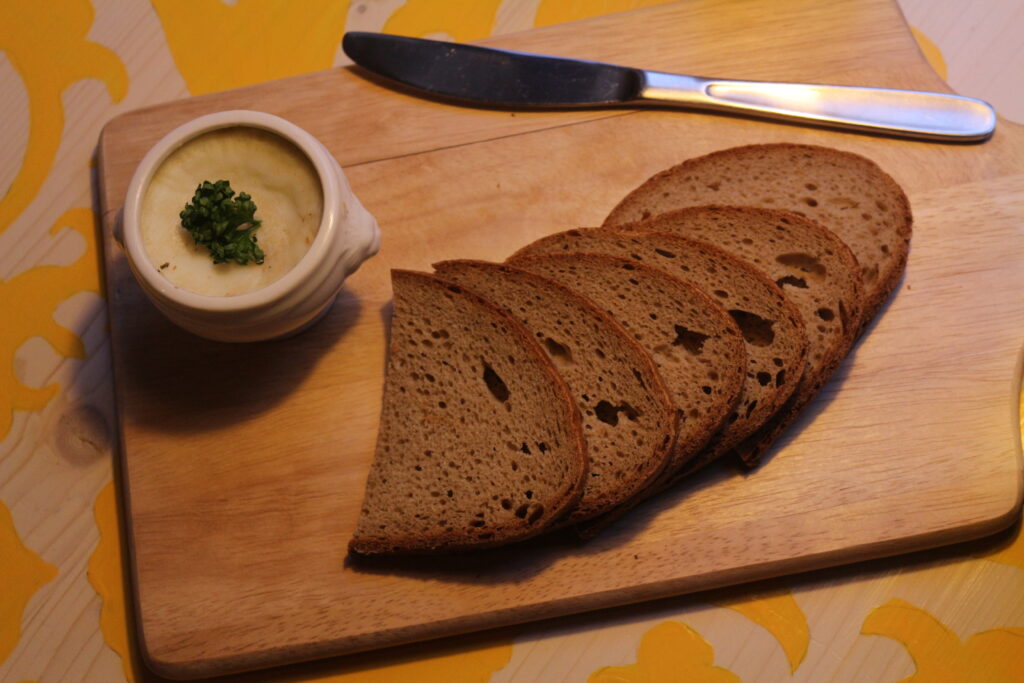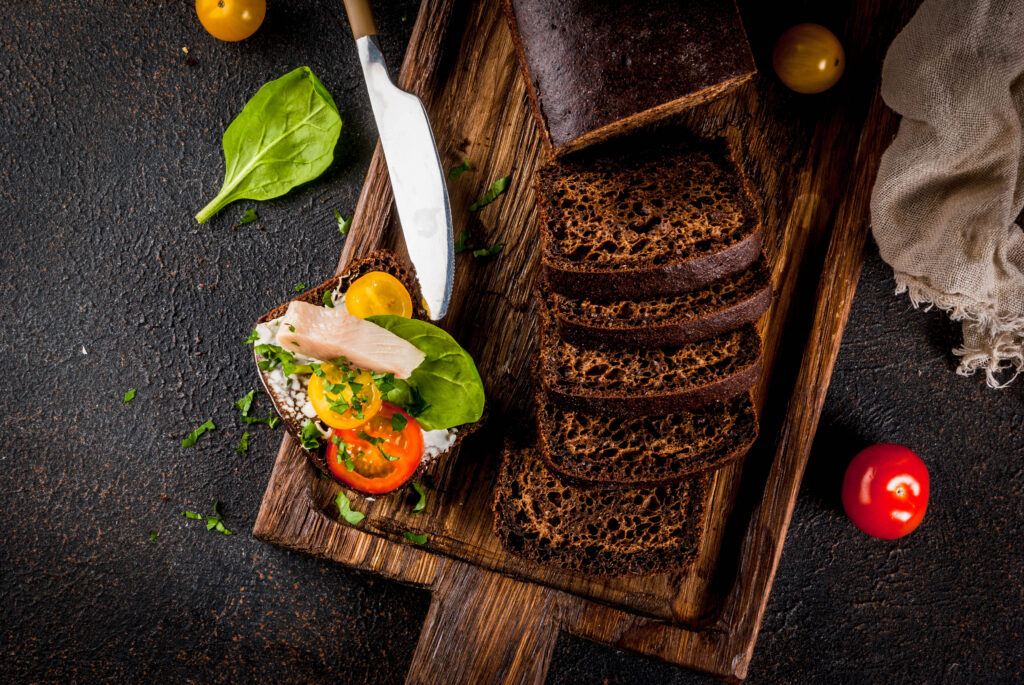60+ Bunny Puns for Easter, Captions, and Everyday Fun


Pumpernickel bread, with its deep, dark color and rich, complex flavor, is a staple in traditional German baking. Known for its dense texture and hearty taste, this bread has captured the hearts of bread enthusiasts worldwide. Whether you’re a seasoned baker or a curious beginner, mastering the traditional pumpernickel recipe offers a rewarding journey into the world of artisanal bread-making.
The traditional pumpernickel bread is renowned for its unique flavor, which is a blend of sweet, sour, and slightly bitter notes. This complexity arises from the use of rye flour, a slow baking process, and the inclusion of ingredients like molasses and cocoa powder. The result is a bread that pairs beautifully with a variety of toppings, from savory cheeses to sweet jams.

To create an authentic pumpernickel loaf, the following ingredients are key:
Perfecting pumpernickel bread requires patience and attention to detail. Here are some techniques to ensure success:
Pumpernickel is traditionally baked at a low temperature for an extended period. This slow baking process allows the flavors to develop fully and contributes to the bread’s moist, dense texture.
Incorporating steam during the initial baking phase helps create a crusty exterior while maintaining a soft interior. This can be achieved by placing a pan of water in the oven during baking.
A sourdough starter can be used instead of commercial yeast to give the bread a more complex flavor profile. This method also enhances the bread’s texture and shelf life.
Pumpernickel bread varies significantly across regions, each adding its own twist to the classic recipe:
Traditional German pumpernickel is made with coarse rye flour and baked for up to 24 hours at a low temperature, resulting in a dense, dark loaf.
In the United States, pumpernickel is often lighter and sweeter, incorporating ingredients like coffee and chocolate to enhance its flavor.
Scandinavian versions may include additional seeds and grains, offering a nuttier and more textured bread.
Sourdough pumpernickel combines the tangy complexity of sourdough with the rich flavors of traditional pumpernickel. Here’s how to make it:

Steakhouse pumpernickel is known for its slightly sweeter and softer texture, making it a perfect accompaniment to hearty meals. Here’s a recipe to try:
Rye flour is indispensable in pumpernickel baking, providing its signature taste and texture. Understanding its properties is crucial for achieving the perfect loaf:
Though unexpected, cocoa powder is a vital ingredient in pumpernickel, adding a subtle bitterness and enhancing the bread’s color. When used sparingly, it complements the other flavors without overpowering them.
Malt powder can be used to add a slight sweetness and enhance the bread’s texture. Caraway seeds, on the other hand, offer a distinctive aromatic flavor that pairs well with the dense rye base. Experimenting with these ingredients can lead to delightful variations in your pumpernickel bread.
Even experienced bakers can encounter challenges when making pumpernickel. Here are some common mistakes and how to fix them:
Pumpernickel bread can be stored at room temperature for up to a week. For longer storage, consider freezing:
Pumpernickel bread is incredibly versatile, pairing well with a variety of dishes:
Understanding the difference between dark and light rye flour can help tailor your pumpernickel to your taste preferences:
Experimenting with these different types of rye flour can lead to unique and personalized pumpernickel creations.